Ertach Kernow - For the love of Cornwall
Love of Cornwall is this week’s theme at a time of year we are all sharing love between our family and friends and hoping for peace. Love for our Cornish landscapes, coastlines, people and culture are shown by artists and writers in many different ways. Also, by those working and volunteering in the hugely wide heritage sector preserving and sharing what we have here in Cornwall.
I recently came across an ex-library edition of ‘A Cornish Chorus’ dated 1948. Despite being 75 years old this book had never been taken out, with an unmarked borrowers sheet. What a shame. This work edited by Murial Hawkey was never reprinted or republished, perhaps not a great seller. It contains lovely words in poetry, prose and descriptive paragraphs dating from Richard Carew’s 1602 Survey of Cornwall through to nearly the mid-20th century. Eminent Cornish writers such as Sir Arthur Quiller-Couch, A L Rowse and our own adopted Cornishman Sir John Betjeman mingle with famous non-Cornish folk like Thomas Hardy, Joyce Grenfell and the well renowned Reverend Robert Stephen Hawker. Then there are those whose names are lost to time.
The preface by noted theatre critic and writer J C Trewin OBE who grew up on the Lizard Peninsula ends; ‘Cornwall, proud and independent still, is not to be patronised loftily or carelessly exploited: it remains a land apart. When I think of it I see two pictures. First, a white beach where the rocks glisten with wet colour. Weed is plaited silkily over serpentine and sand and the flaking edge of a pigeon's-breast sea that darkens into the blue of a September night. It is time to go home, and I run - 'Ben Ma Brea’ under my arm—to the boulders and the sinuous cliff-face path. Behind is the steady swing of the tide. The second picture is, simply, of the battlements of Rowtor and Brown Willy piled above the moor, and of shadows rippling over the slopes beneath St. Breward. The ‘light and sound and darkness of the sea’: the moor's harsh splendour: those, for me, are Cornwall and home. In Muriel Hawkey's book every exile is safe at home again. On their behalf let me thank her now.’ (The Preface of a Cornish Chorus)
In 1602 Richard Carew wrote his description of Cornwall ‘Touching the temperature of Cornwall, the ayre thereof is cleansed, as with bellowes, by the billowes, and flowing and ebbing of the Sea, and therethrough becometh pure, and subtill, and, by consequence, healthfull. The Spring visiteth not these quarters so timely, as the Easterne parts. Summer imparteth a verie temperate heat, recompensing his slow fostering of the fruit, with their kindly ripening. Autumn bringeth a somewhat late Harvest, specially to the middle of the Shire, where they seldom cut their corn before Michaelmas. Winter, by reason of the Southes neere neighbourhead, and seas warme breath, favoureth it with a milder cold than elsewhere, so as, upon both coastes, the Frost and Snow come verie seldome, and make a speedie departure. This notwithstanding, the Countrie is much subject to stormes, which fetching a large course in the open Sea, doe from thence violently assault the dwellers at land, and leave them uncovered houses, pared hedges, and dwarfe-growne trees, as witness of their force and furie: yea, even the hard stones, and yron barres of the windowes, doe fret to be so continually grated. One kind of these storms, they call a flaw or flaugh, which is a mighty gale of wind, passing suddainely to the shore and working strong effects, upon whatsoever it incountreth in his way. (Page 85 of a Cornish Chorus)
As always click the images for larger view
I was drawn to this having visited Egloshayle Church on a number of occasions. Arthur H Norway author of Highways & Byways In Devon & Cornwall first published in 1904 wrote of Egloshayle. ‘The valley of the river Camel is full of haunted lanes and houses. A mile or so up the river stands the ancient church of Egloshayle. Under a night-sky the church is scarcely visible. But if the clouds roll back from the moon and let a sudden blaze of light fall over the riverbed, you will see the old gray tower clearly, standing out from a group of chestnut trees, and may even discern an open space beside the churchyard wall where the high-road meets the lane leading to the village. The road gleams beneath the moonlight; but you are too far distant to see any object moving on it.’ (Page 115 of a Cornish Chorus)
For someone who lives close too and loves the coastal sea views Cornwall has to offer, the Cornish moorlands also have so much to give. They’re a quiet retreat from the infection of mass tourism during the summer months. The Welsh writer C E Vulliamy in his ‘Unknown Cornwall’ published in 1925 wrote ‘Less vast, less lofty than the moors of Devon, but infinitely more mysterious, more varied in form and mood, the Cornish moors have a penetrating charm which is peculiar to themselves. In all their aspects they have a strange, almost a menacing beauty; something that eludes all wordy striving; mutable yet eternal, transient as the shadow of a cloud, yet steadfast as the granite on their brows. On these airy downs and uplands, you will find Unknown Cornwall. You find an exalted liberty, a sense of the timeless youth of the world, of the fervour and fertility of nature; you apprehend, dimly, a new, inexpressible and joyous dimension. The very air has a kind of unearthly purity, thinness and fragrance, blowing free under the clean, open heavens, and stirring the scents of furze-bloom and bracken. No one can say that he knows the moors, that they have no revelations in store for him, that he is intimate with all their deep and bountiful beauties, has read their meaning, disclosed all their sweetness and terror- or if anyone should so speak, then he would make it clear that he had neither eyes to see nor a spirit to apprehend.’ (Page 121 of a Cornish Chorus)
Trebetherick is one of Sir John Betjeman’s best known Cornish poems in four verses. It begins: ‘We used to picnic where the thrift Grew deep and tufted to the edge; We saw the yellow foam flakes drift In trembling sponges on the ledge Below us, till the wind would lift Them up the cliff and o’er the hedge. Sand in the sandwiches, wasps in the tea, Sun on our bathing dresses heavy with the wet, Squelch of the bladder-wrack waiting for the sea, Fleas around the tamarisk, an early cigarette.’ The last verse mentions St Enodoc, where Sir John was laid to rest. ‘Then roller into roller curled And thundered down the rocky bay, And we were in a water world Of rain and blizzard, sea and spray, And one against the other hurled We struggled round to Greenaway. Blesséd be St Enodoc, blesséd be the wave, Blesséd be the springy turf, we pray, pray to thee, Ask for our children all happy days you gave To Ralph, Vasey, Alistair, Biddy, John and me.’ John Betjeman clearly loved Cornwall. (Page 107 of a Cornish Chorus)
John Coulson Tregarthen who died in Newquay in 1933 is not at all well recognised in Cornwall today, but in his time a very popular and well-known figure. He was a field naturalist and author who became President of the Royal Institution of Cornwall and a bard of Gorsedh Kernow taking the bardic name Mylgarer, meaning 'Lover of Wild Animals'. Here an extract of his writing relating to Land’s End. ‘On the greyest days the moors are not dismal to me, nor the shores melancholy. There's hardly a square mile out of the hundred that isn't full of associations. The cliffs, the wastes of furze and heather, the tangled bottoms, the open beaches and the little coves, are all rich in pleasant memories; and the whistle of the curlew, the croak- of raven or hem, the scream of the sea-fowl, the piping of small wading birds and the song of the sedge-warbler, are to me the music of familiar voices. Rolling veldt, mountain range and rivers don't appeal to me like the downs, hills and streams that I've got to know by heart. `A treeless, barren waste ' a man once called the Land's End district to my poor father, who preferred the scent of the furze to the perfume of roses and the bell-heather before hot-house flowers. Everything wild he liked, ay, loved; the sea-pinks, the golden samphire, the sea-holly, the ferns, the zawns, the seaweed in the pools, the shells on the beach….’. His wonderfully descriptive words show his strong attachment to this area of Cornwall. (Page 82 of a Cornish Chorus)
Finally with a seasonal theme a poem by Charles William Stubbs seems appropriate. Stubbs was born the son of a grocer in Liverpool in 1845 and appointed as fourth Bishop of Truro in 1906 by Prime Minister Henry Campbell-Bannerman. His liberal outlook on life was not welcomed by the Archbishop of Canterbury who resented the appointment. Being both a bishop and a liberal was not easy during the Edwardian period. Stubb’s poem The Cornish Bells begins; O merry ring the Christmas bells across the western land, From Launceston town to Michael’s Mount, from Bude to Sennen Sand. The joyous echo sweeps along far spaces by the sea, And Church bells answer Church bells with their ‘Gloria, Domine!’. The poem continues for eight verses mentioning many places within Cornwall, a full version will be shared on the website. Not necessarily great poetry, but Bishop Stubbs should perhaps be better remembered for his liberal views and humanity especially at this time of year. (Page 139 of a Cornish Chorus)
Showing my love of Cornwall is through voluntary work sharing and encouraging interest through these articles, various websites, YouTube videos, illustrated talks and running a small museum. Thank you to all those folk who send support through emails, positive comments online, attend my talks, visit the museum, and stop me in the street throughout Cornwall to share their appreciation. May I wish everyone season’s greetings, in Kernewek of course, Nadelik Lowen ha Bledhen Nowydh Da.
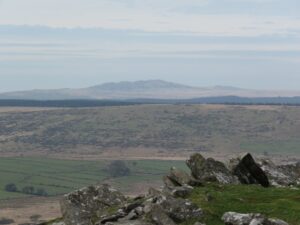
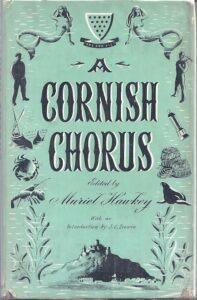
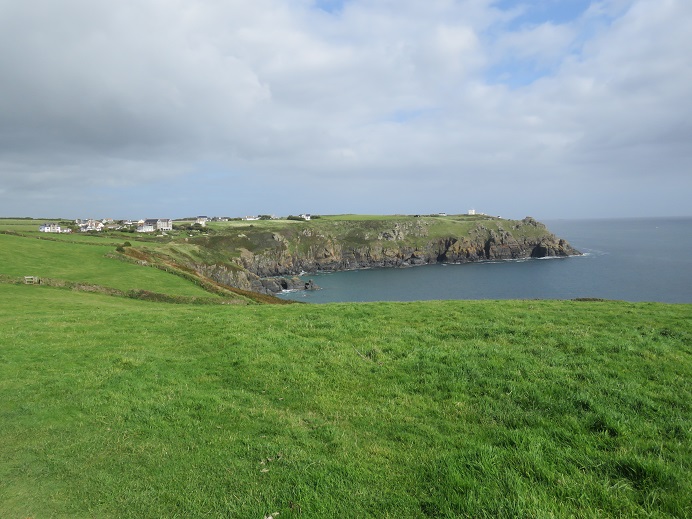
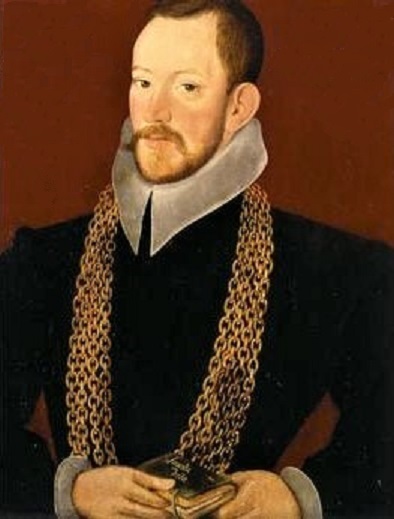
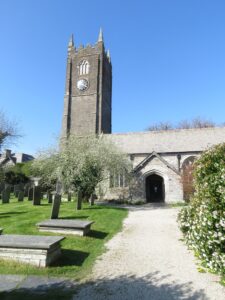
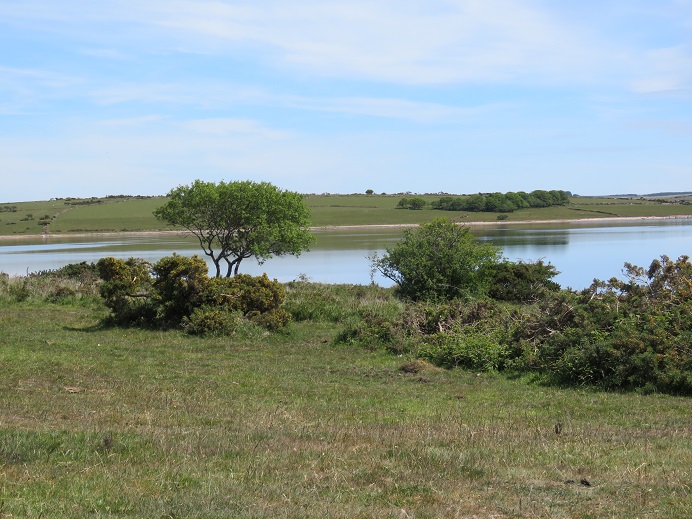
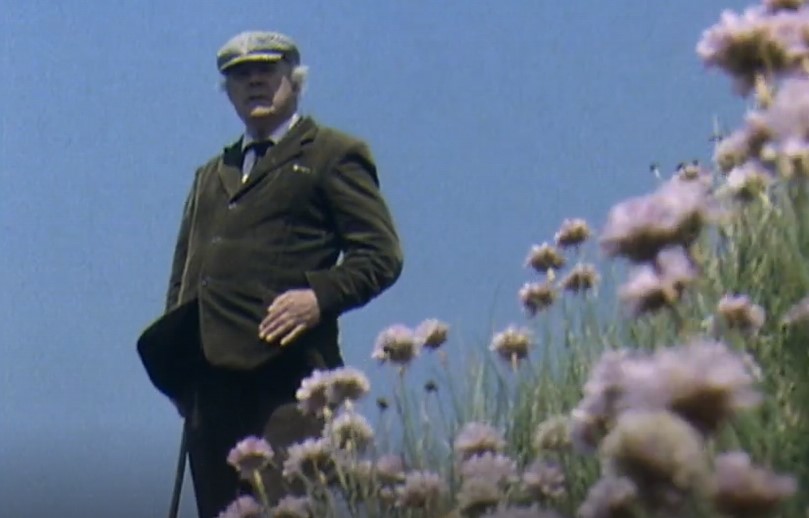
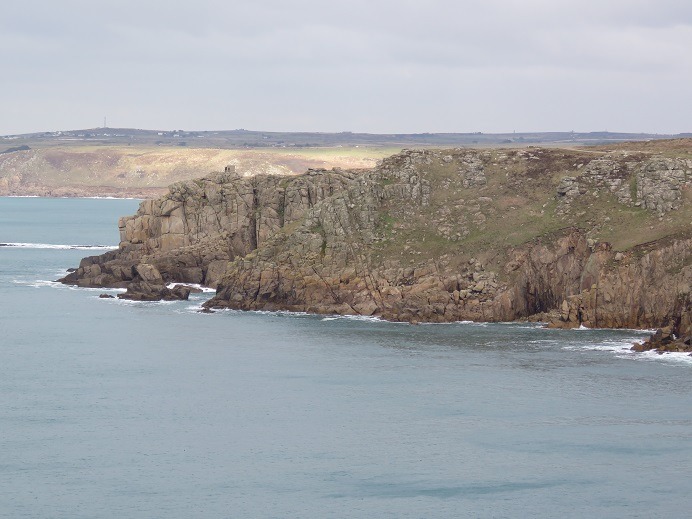
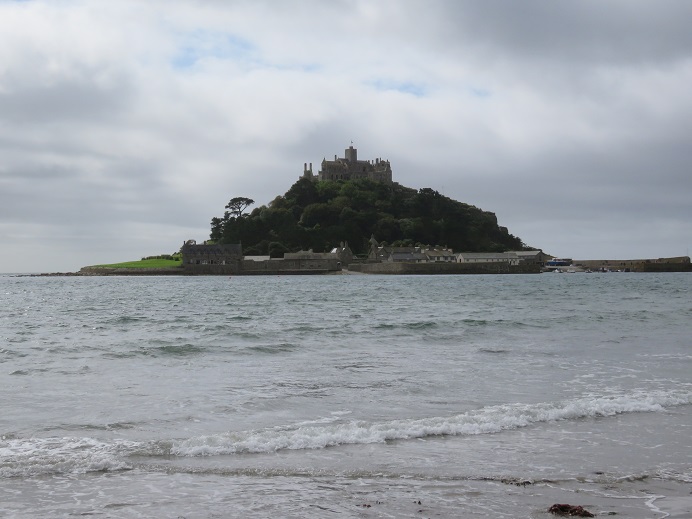
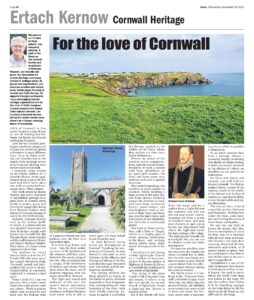

![[182] Ertach Kernow Heritage Column - 20th December 2023 - Heritage Successes 2023 Ertach Kernow Heritage Column - 20th December 2023 - Cornish Heritage Successes 2023](https://www.cornwallheritage.com/wp-content/uploads/2023/12/182-Ertach-Kernow-Heritage-Column-20th-December-2023-Heritage-Successes-2023.jpg)